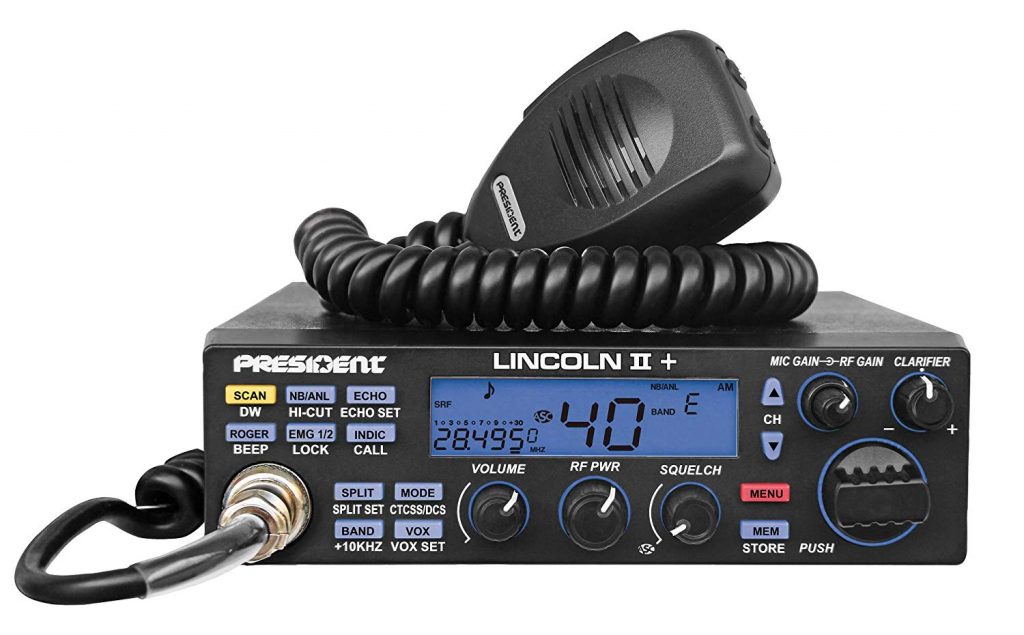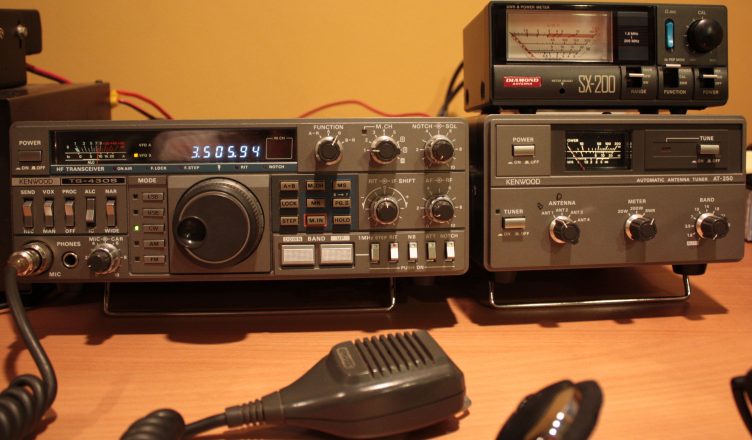Amateur radio, also known as ham radio, has been gaining resurge in popularity recently. It has been a fulfilling hobby for millions of people worldwide. You might have seen the famous “Stranger Things” series on Netflix. In the series, the four kids make use of ham radios to communicate with each other. You might think about what exactly an amateur or ham radio is. Ham radios are used to talk to one another within a city or across a country without the use of a phone or the internet, and for that, you need specific ham radio equipment.
The ham radio is defined as amateur to differentiate it from commercial radios and broadcasting. Amateur radio is regulated by the Wireless and Planning and Coordination Wing (WPC) of the Communication and information technology ministry in India.

Operating a ham radio
Across India, there are more than 20,000 licensed operators of ham radios. You can also get a general or restricted license from the WPC after clearing the respective examination. In addition to this, the work of WPC is to monitor and coordinate regulations, call signs, and frequency bands all over the country.
To begin with your amateur radio journey, you need equipment that may vary according to the frequency you want to use, and the license you get.
For the newbies in town, the basic equipment is listed below:
- Transceivers
This device combines the capability of transmitting and receiving, often more than the High-Frequency spectrum of radio waves. You do have different options like Icom IC – 7100 that is able to handle HF, VHF (very high frequency), and UHF (ultra-high frequency) waves that expand the range of communication. If you are looking for portable options, handheld transceivers are the right fit.
- Antenna
Now that you have a transceiver, it also requires an antenna that connects you to the other ham radio operators. Antennas are vital for making optimum use of transceivers. They also come with waterproofing so you can use them anywhere.
- Repeaters
The device receivesa signal at a particular frequency and then transmits it on a different one. It helps in extending the range of communication, especially with handheld transceivers.
- Rotators
As the name might be giving something away, the devices help in rotating, fixing, and pointing your radio antenna in place, which ensures that there is a steady signal.
You can also look into more advanced or high-level ham radio equipment to get the most out of your experience. You can find the best quality components at websites such as Tecomart.

